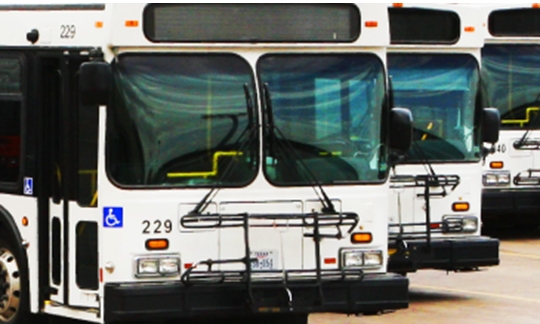(iTers News) - Although telematics technologies and services were first adopted by the long-haul trucking industry in the United States more than 20 years ago, adoption in the non-trucking sector is expected to equal the trucking industry in terms of numbers of connected vehicles by the end of 2014 and will dominate the commercial fleet telematics industry by the end of 2019, accounting for almost 50 million vehicles globally.
The non-trucking sector includes a number of verticals such as services and utilities, private transportation (taxis, private hire vehicles and rental fleets), construction and mining, government and public sectors, emergency services, public transportation, and local delivery markets. “Many of these verticals are facing similar challenges such as the need to improve the utilization of their vehicle fleets, combat rising fuel prices, trim payroll costs and comply with ‘duty of care’ obligations towards their employees,” comments Gareth Owen, principal analyst at ABI Research.
“But several sectors have their own specific challenges and requirements,” continues Owen. “For example, in the cutthroat services sector customer service is paramount with the failure of service personnel to arrive on time as the biggest complaint. Nowadays, customers expect improved levels of service at little or no additional cost.” As a result, service companies are increasingly looking to deploy mobile workforce management solutions to gain a competitive advantage. In the construction and mining sector, it is safety and security that are the overriding concerns with driver behavior and driver fatigue solutions as the most important complement to the normal fleet management solutions, while in the government sector there is an increasing need for public authorities to demonstrate that certain tasks, such as garbage collection or road gritting, have been completed satisfactorily.
(Credit: ABI Research)


